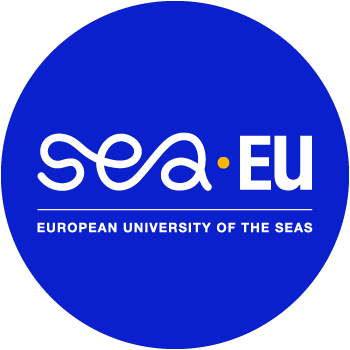
La présentation sera assurée par Konstantinos Chatzipapas :
Ionizing radiation (IR) is used in several medical procedures either for therapeutic and/or for imaging/diagnostic procedures. When used for therapeutic purposes, e.g., to effectively treat cancer, the main goal is to successfully irradiate malignant cells while ensuring healthy tissues absorb the lowest possible dose. Following this technique, malignant cells are killed while healthy cells remain healthy, avoiding possible genetic aberrations or cell death. To achieve this objective, it is essential to accurately predict the consequences following IR interaction with biological matter. Accidental, natural, and occupational exposure to IR must not been overlooked because of their possible great biological impact. The scientific community has invested a lot of effort in understanding the response mechanisms initiated and generally involved in IR-induced DNA damage. Particularly, the exact radiochemical mechanisms that produce single strand breaks (SSBs), double strand breaks (DSBs), and clustered/complex DNA damage (CDD) which can consist of multiple DSBs and/or closely spaced (within 10–20 base pairs) non-DSB lesions, such as oxidized bases and abasic sites, as well as the DNA damage response (DDR) and repair pathways activated through the whole procedure have been investigated. The great variation of pathways that actively participate in ‘response-to-radiation’ prompts extensive investigation. It has to be mentioned that the aforementioned processes could lead to oncogenic transformations, but the achievement of wider knowledge will guide the scientific community to the biological optimization of radiation therapy for cancer treatment. Monte Carlo (MC)-based algorithms are well established as the gold standard in the field of radiation transport and dosimetry, radiobiology, and DNA damage scoring. Based on physics and chemistry models, MC simulations can predict with high accuracy the deposited energy by a charged particle, as well as the DNA damage, using probabilistic methods while keeping track of time and the moment of each interaction. A number of tools and computational platforms have been developed based on MC techniques by many researchers with varying degree of complexity. Several MC packages have been proposed and/or studied for radiobiology calculations, with the most complete and state-of-the-art tools being PARTRAC, TOPAS-nBio, and Geant4-DNA. Geant4-DNA is an open-access toolkit supported by a large community that is constantly updated, to go along with state-of-the-art research in the domain. Geant4-DNA includes tools, such as the molecularDNA, which is able to simulate both direct and indirect (water radiolysis) interaction of radiation with the microcosm (i.e. cells, DNA). Moreover, tools have been included to study repair kinetics and the survival probability of cells, as well as to design novel DNA geometries. Such computational tools can simulate the physical interaction pathways of ionizing particles with biological media, also known as the physical stage, as well as the physico-chemical and chemical stages, where free radicals are produced by the deposition of energy in matter and interact with macromolecules, such as DNA. Monte Carlo simulations and the comparison of their results with experimental (or real-life) data, allow an insight into the impact of each stage during an irradiation procedure. These in-silico tools are continuously upgraded to include new parameters and refine their models, in particular based on newly available empirical data.


